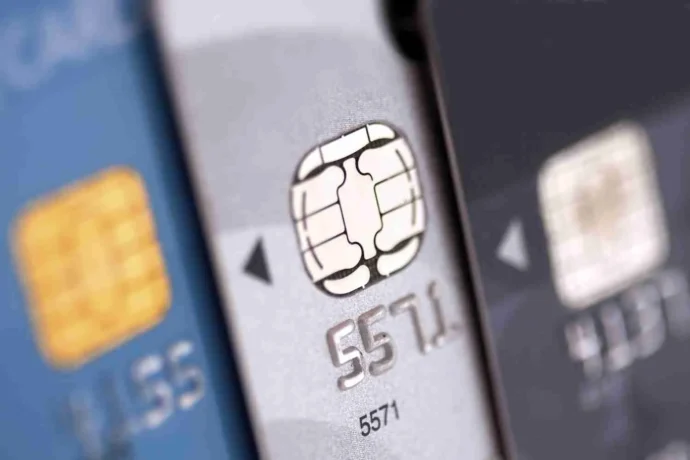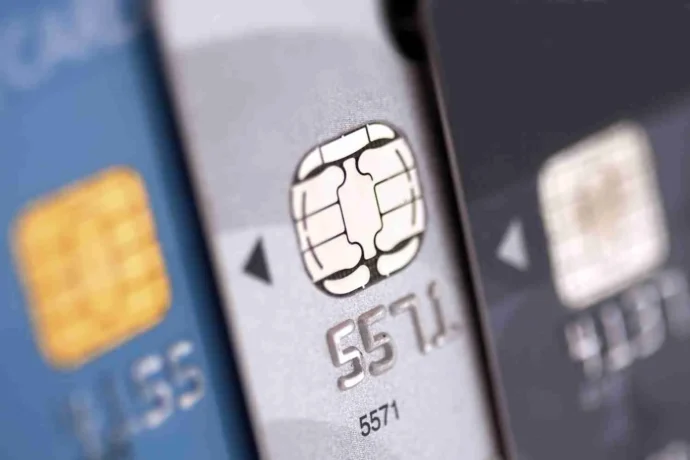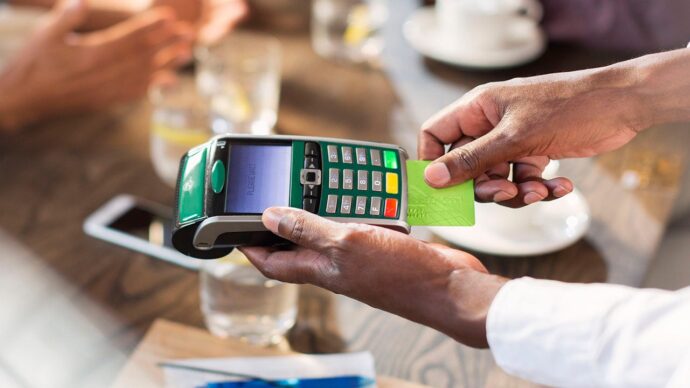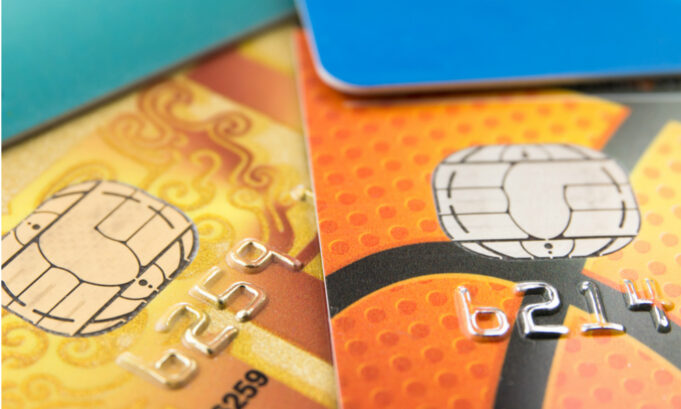EVM stands for Europay, MasterCard, and Visa. For all transactions involving credit, debit, and prepaid EMV smart cards, the EMV standard is a security technique utilized globally. There are three ways to utilize it: mobile, contact, and contactless.
Anywhere in the world, secure and convenient contact and contactless payments using cards and mobile devices are now possible thanks to the EMV Chip, a set of open, universal technical specifications. A card’s authenticity is verified by chip technology, and each transaction creates a unique security code that helps thwart fraud from lost and stolen cards and counterfeit ones.
With the help of the Chip Specifications, chip technology may operate uniformly throughout the world to produce the same outcome: safe, simple, and dependable in-store purchases. Almost 12 billion credit and debit cards currently use secure chips as part of a tiered security strategy to combat fraud based on the widely recognized EMV Credit Card Processing Specifications. The technology is used in over 90% of all card-present transactions.
Difference Between PIN And Signature
The majority of American credit cards are chip and signature-based cards. Like credit cards have traditionally operated, the EMV payment method needs the cardholder to produce a sign for successful processing.
To verify the payment, the PIN function needs a secret four-digit PIN that the cardholder can only know. In any case, bringing multiple credit cards and traveling with EMV that supports both authentication features is a good idea.
Why Are EMV Highly Secure?

The card increases security and international interoperability. The chip offers a more complex authentication feature than magnetic cards. Every card contains a fully functional computer system. The card is nearly tough to copy because the chip cannot be tampered with. The magstripe, developed by IBM in the 1960s, made it simple to copy a payment card.
According to data gathered from American Express, Discover, JCB, MasterCard, UnionPay, and Visa, chip technology was used in 88.55% of all card transactions worldwide in Q2 2024. In March 2019, compared to September 2015, U.S. fraud (measured in value) decreased by 87%, according to a Visa report released in June 2019. This proves that the technology is operating as intended.
Working Of EMV
The specification calls explicitly for an intelligent chip inside every card—for security. A microprocessor, memory, and application software are all components of a smart card chip, a little computer. A smart card is more difficult to hack than a magnetic stripe card because it was built with security. It comprises a safe vault with unique keys for each card that secures all transactions.
A Different Code For Every EMV Payment
The bank validates a unique code generated by such cards for each transaction, and the code cannot be reused. The terminal would not generate the correct code, preventing a thief from making a purchase using a phone card with stolen data and using chip technology; in brief: No rewinding or pausing.
High-Tech Cryptography
Strong cryptography is used in security to create different transaction codes that let the terminal authenticate the card. Because it is based on a private critical architecture, only a customized chip card manufactured using the user’s private key may produce a legitimate payment.
SDA Vs. DDA

Static Data Authentication (SDA) was the foundation for Card Authentication Methods (CAMs). Still, times have changed, and most credit and debit cards sold today have more advanced Dynamic Data Authentication (DDA) or Combined Data Authentication (CDA).
DDA is a mechanism used to confirm the validity of the card. It’s a technique for offline authentication. The terminal can authenticate the card using data from the card. The terminal (a POS, for instance) has keys preloaded. For each transaction, complementary keys on the card will be checked. It offers excellent protection against card skimmer and certificate cloning. In Europe and Canada, and it is becoming the norm in the United States.
Software For EMV And Tokenization
Tokenization is a security standard to safeguard the card on file transactions, such as payments made using a customer’s card that has already been stored from a prior transaction. It has been demonstrated that the tokenization method significantly lowers card rejection. By doing this, the potential income loss from incomplete purchases is reduced. Because of this, the user experience is enhanced.
3 Benefits Of Chip Cards

Here are the top three benefits of opting for chip cards.
1. Increased Credit Card Usage
A contactless chip card will become a consumers’ new favorite due to its tap-and-go convenience, improving their loyalty and spending with that card. Even the number of contact transactions done with those cards has increased significantly.
2. Standard Interoperability On A Global Scale
The technology is becoming more widely used, especially in regions of Europe and Canada where compliance is over 100%. Clients might be unable to use their cards to make purchases when traveling abroad due to the current magnetic-stripe technology. The chip cardholders benefit from convenience and dependability everywhere they make purchases. By switching to chip technology, one can demonstrate to the clients that the user values their security.
3. Chip Card: Contact And Contactless
The chip, which Contact card delivers, provides additional protection and renders counterfeit cards impossible. All POS payment terminals that support EMV accept contact cards. The terminal receives the card and reads it. While the client types a PIN or signs their name, it remains there.
For a technology that is practical, secure, and future-proof, contactless is the way to go. The card is waved in front of the POS machine or tapped against. The safe choice of contactless corresponds with advice on social estrangement.

Conclusion
A portfolio of EMV Specifications that enable secure and smooth transactions across the contact, contactless and mobile channels is based on the chip, the foundational technology used today. Even though chips have made cards safer, only use credit cards from reputable banks or financial institutions. It adds a layer of safety, trust, and security.
Because of sophisticated encryption, the user’s private information will be safe on the bank’s systems even when applying for a card online. We anticipate that chip technology will continue to be a crucial enabler for safe, dependable card-based payments worldwide as customers turn away from cash and increasingly toward digital payments.















